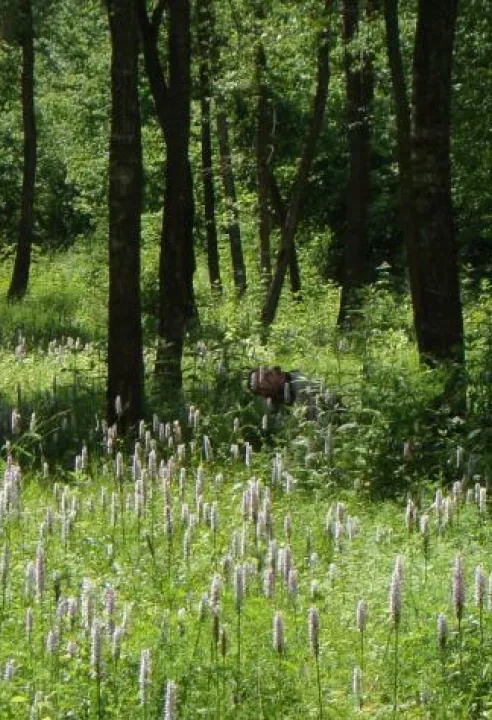Montagne Saint-Pierre

The site includes the calcareous slopes on the western side of the Meuse Valley between Lixhe and the Belgian-Dutch border, as well as the hedgerow-rich bocage landscape known as the "Hauts de Froidmont" in Hallembaye. Owing to its location, the site holds exceptional biogeographical value, hosting many species with southern or even sub-Mediterranean affinities, and marking the northern limit of their distribution.
The Montagne Saint-Pierre (St. Peter’s Mountain) site is remarkable for several reasons, foremost among them its calcareous grasslands, which support significant populations of orchids. Together with those in the Geer Valley, these represent the northernmost calcareous grasslands in Wallonia. Other open habitats within the site include low-intensity hay meadows and limestone cliffs supporting calcicolous vegetation. The forested slopes are composed of woodlands belonging to the metaclimax of neutrophilic and calcicolous beech forests, while small patches of ravine forest appear on more unstable soils.
The site is also of major importance for bats. The underground cavities of Montagne Saint-Pierre serve as hibernation sites for five bat species of European conservation concern. In terms of birdlife, the area lies on a significant migratory corridor, and the presence of the Eurasian eagle-owl—nesting on the rocky cliffs—is especially noteworthy.
Click here for more information about the area!
Click here to go to the Bioblitz page of this Natura 2000 area.
Click here to install Obsidentify.
Photo: Natagora - Fred Degrave
